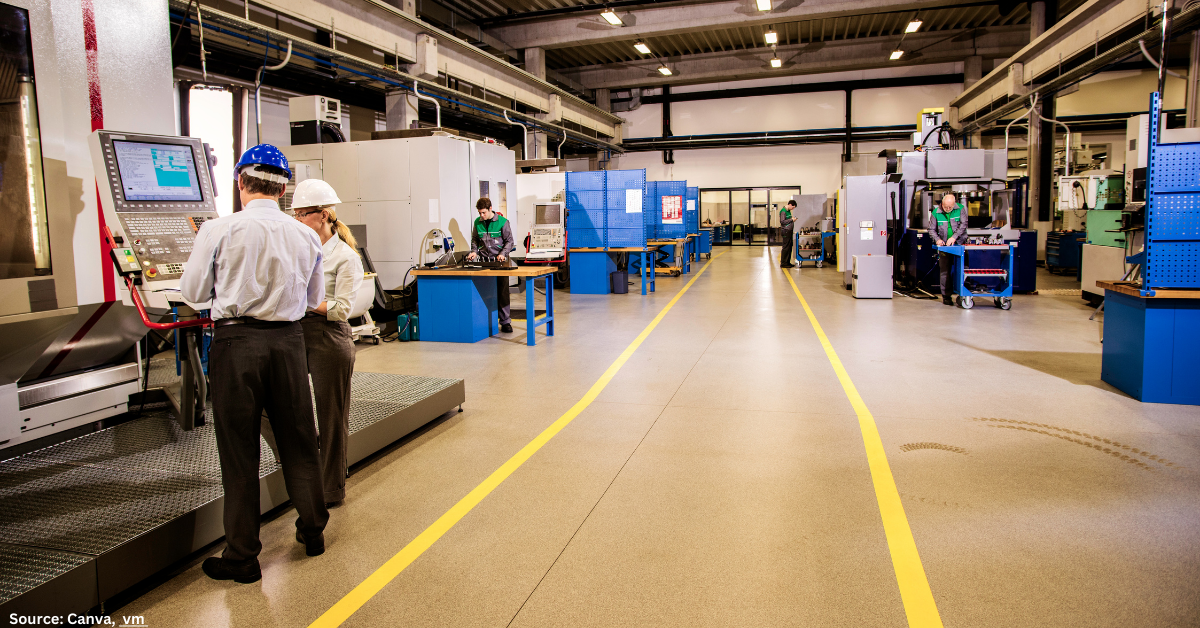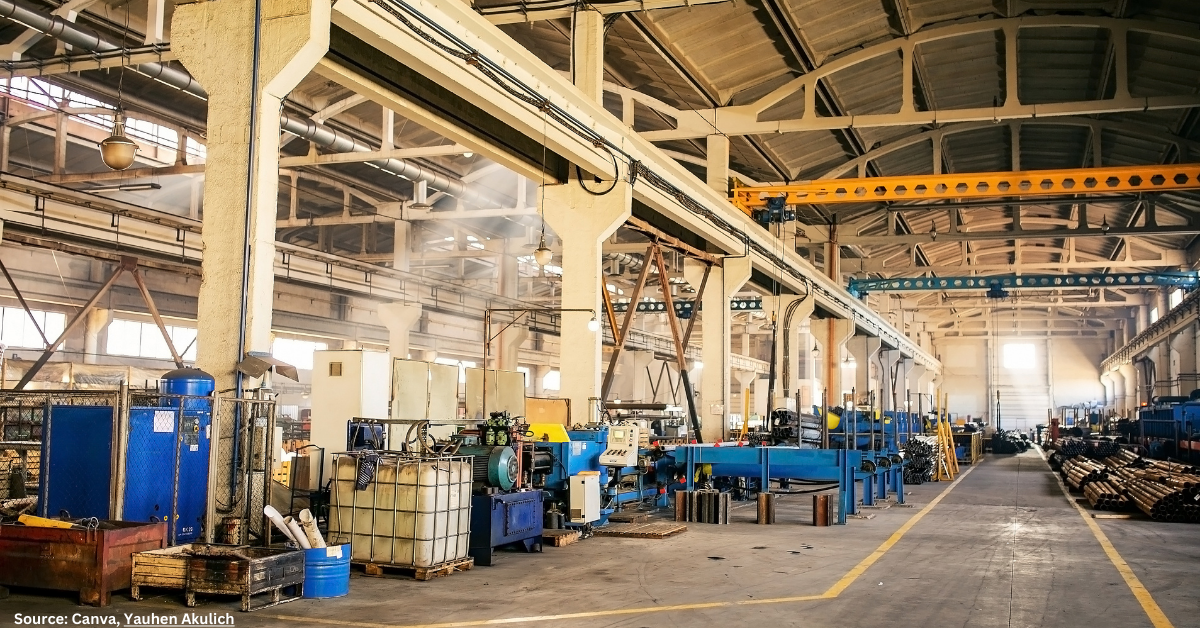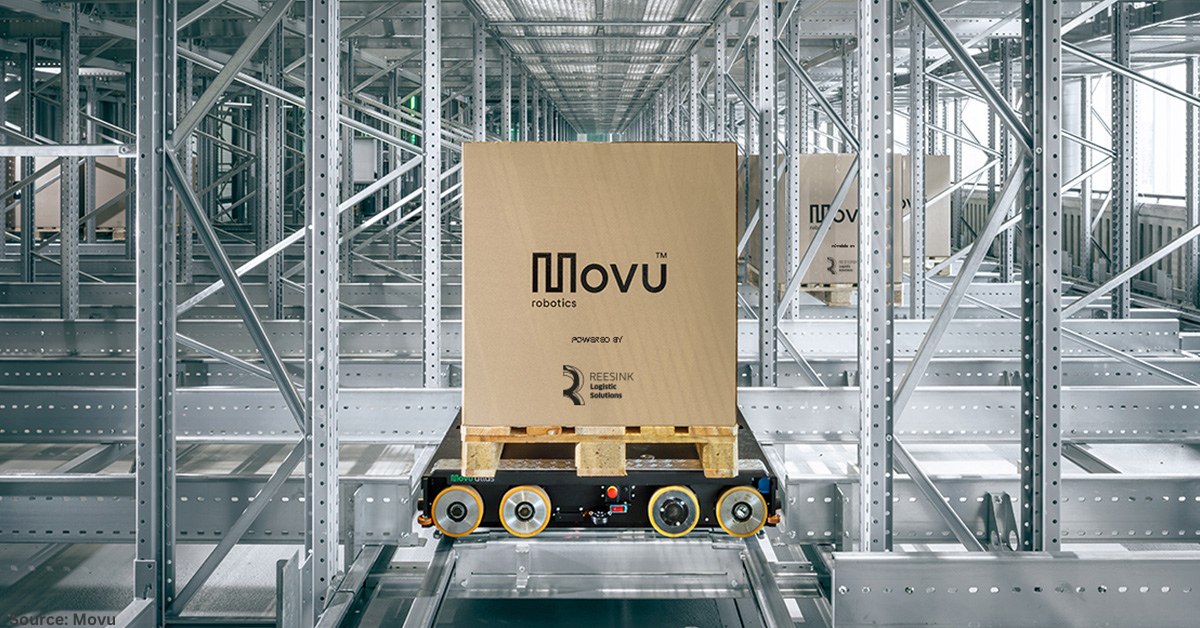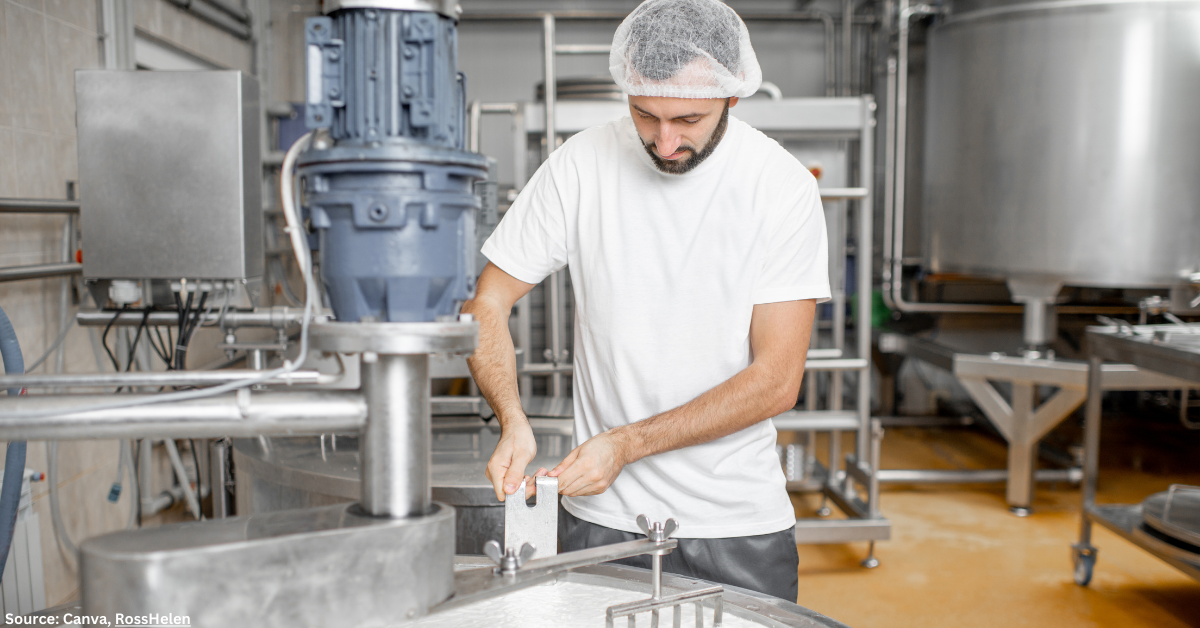Australia’s retail industry has been in a permanent state of disruption over the past couple of years. The pandemic, war and natural disasters have contributed to increased business costs, which is testing the resilience of many retailers.
While the top-line performance of the sector is strong, with sales up 9.4% in March compared to the same time last year, not all sectors are thriving. The business recovery remains elusive, in particular for CBD retailers and small businesses, with our capital cities still a far cry of their former selves. It will take years for tourism to recover to pre-pandemic levels and hybrid working arrangements are resulting in subdued levels of foot traffic in our CBDs.
We’re also in an uncertain economic environment. Cost of living pressures are starting to bite, and with interest rates rising for the first time in over a decade, we could see subdued levels of consumers spending in the months ahead as Australians tighten their household budgets.
Over the past couple of years, our supply chains have come into sharp focus as the global pandemic disrupted the movements of goods across the world – and we’re still feeling the aftereffects of this today. We’ve seen supply chain costs increase seven-fold and a doubling in international lead times. Businesses are having to order and pay for stock much earlier than they normally would, often as a leap of faith, given the uncertainty in the current market when it comes to customer sentiment and expectations.
As the retail industry navigate these challenges, the role of technology has never been more important.
Supply chain logistics are a good example of where technology will continue to drive improvements in the way businesses procure their goods and distribute them to stores and customers. Systems and software are continually evolving, and it’s up to retailers to embrace the latest innovations.
E-commerce is on an incredible trajectory with online sales up 28% compared to a year ago and we’re seeing businesses continuing to direct their resources into data and digital innovations that will keep them at the forefront of new and exciting consumer trends. Social media will play a greater role as part of the integrated online shopping experience. We’re also seeing more examples of automation, and things like robotic deliveries that customers will be more familiar with in the coming years.
What’s clear is that technology will continue to change the retail landscape – it touches on most areas of a retail business, from how goods are procured and distributed to customers, to how items are paid for in stores. The pandemic has accelerated a decade’s worth of trends that were already occurring, and it’s up to retailers to adapt and embrace current and future technologies that will come their way.
There’s also been a dynamic shift in consumer behaviour in recent years with people becoming more values-driven when it comes to their shopping. Consumers resonate more strongly with the brands that reflect the social and environmental issues that are important to them, so issues like sustainability and climate action are growing in importance for businesses in terms of strengthening their customer relationships.
Businesses have to consider the environmental and human impact of their products journey through the supply chain – from how it’s produced, stored and delivered. The debate over climate change is over, and it’s not ‘if’ but ‘how’ and ‘when’ businesses can meet their sustainability targets.

























































Follow us on social media